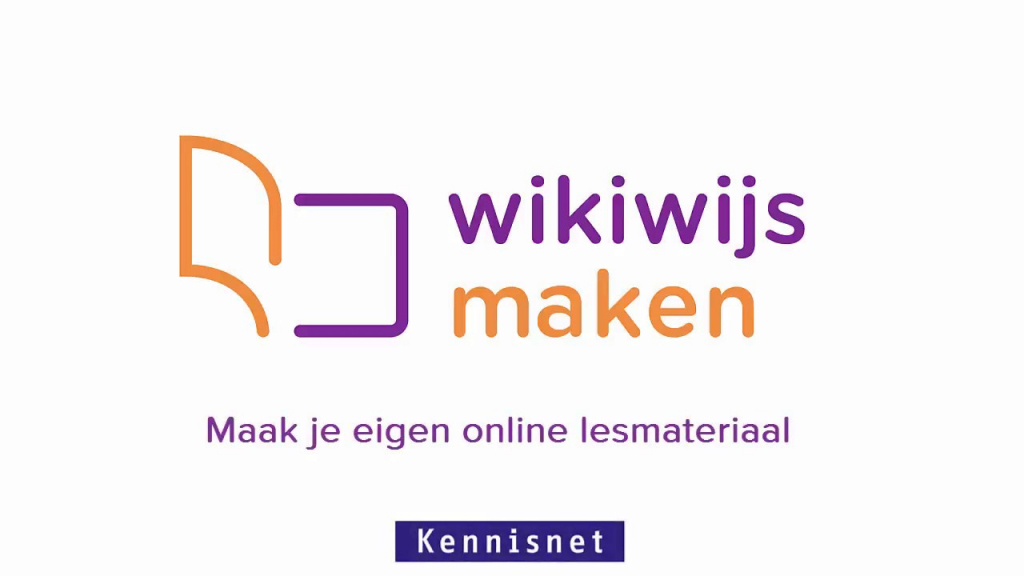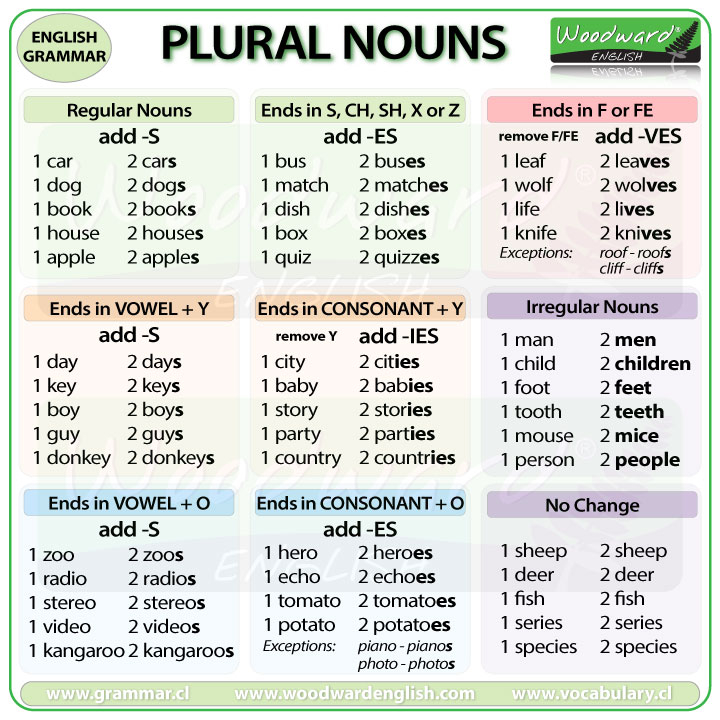Het arrangement Herhaling Grammatica Hoofdstuk 1-3 is gemaakt met Wikiwijs van Kennisnet. Wikiwijs is hét onderwijsplatform waar je leermiddelen zoekt, maakt en deelt.
- Auteur
- Laatst gewijzigd
- 21-01-2022 18:36:13
- Licentie
-
Dit lesmateriaal is gepubliceerd onder de Creative Commons Naamsvermelding 4.0 Internationale licentie. Dit houdt in dat je onder de voorwaarde van naamsvermelding vrij bent om:
- het werk te delen - te kopiëren, te verspreiden en door te geven via elk medium of bestandsformaat
- het werk te bewerken - te remixen, te veranderen en afgeleide werken te maken
- voor alle doeleinden, inclusief commerciële doeleinden.
Meer informatie over de CC Naamsvermelding 4.0 Internationale licentie.
Aanvullende informatie over dit lesmateriaal
Van dit lesmateriaal is de volgende aanvullende informatie beschikbaar:
- Toelichting
- Het lesdoel van deze les is om een herhaling aan de leerlingen te geven. De herhalingen gaan alleen zijn over grammatica van hoofdstuk 1 tot 3.
- Leerniveau
- HAVO 1; VWO 1;
- Leerinhoud en doelen
- Engels; Dagelijks leven; Aantekeningen, berichten, formulieren; Opleiding; Schrijven;
- Eindgebruiker
- leerling/student
- Moeilijkheidsgraad
- gemiddeld
Bronnen
| Bron | Type |
|---|---|
|
https://drive.google.com/file/d/1VGY3gjz4YiERvguInCC_YnRy47jgivue/view?usp=sharing https://drive.google.com/file/d/1VGY3gjz4YiERvguInCC_YnRy47jgivue/view?usp=sharing |
Video |
|
Object Pronouns https://www.youtube.com/watch?v=aqJMbCvduhY |
Video |
|
Interrogative Pronouns https://www.youtube.com/watch?v=qRr3zqo9Kmo |
Video |
|
Practice test. https://forms.gle/yKEdacX6Sx6Tzfxs5 |
Link |






